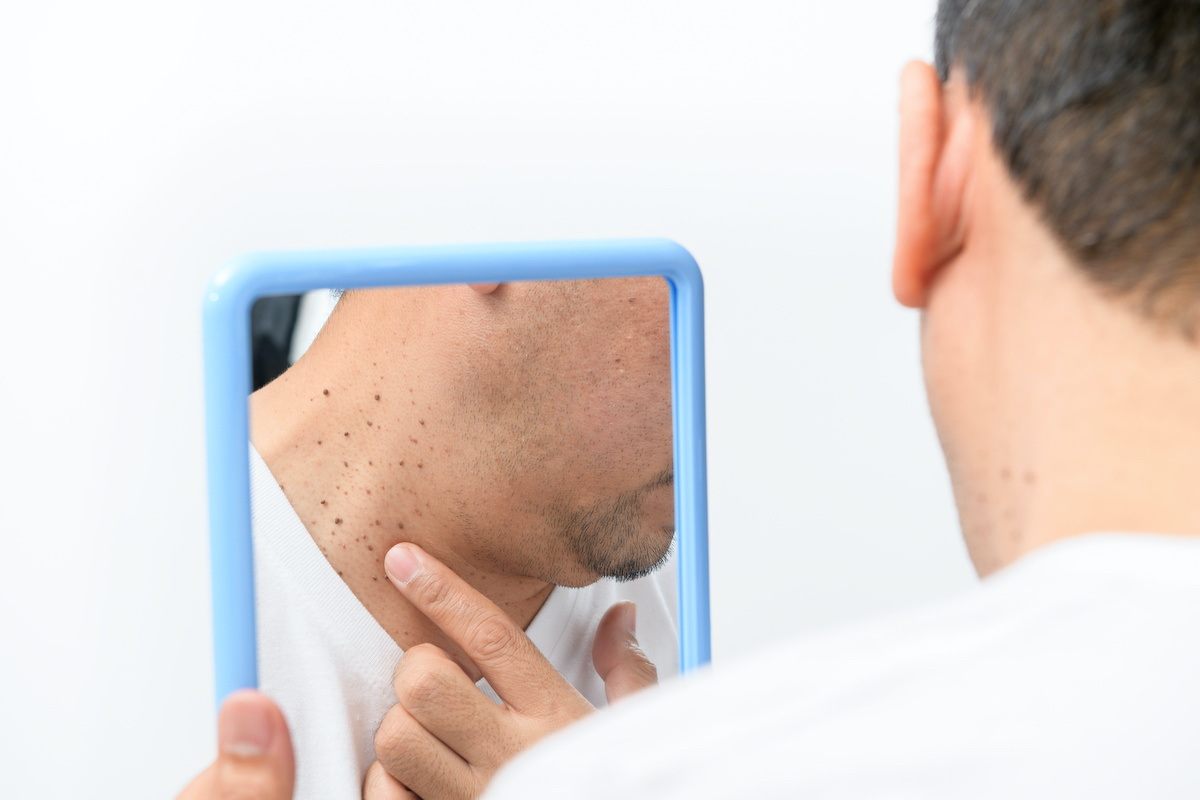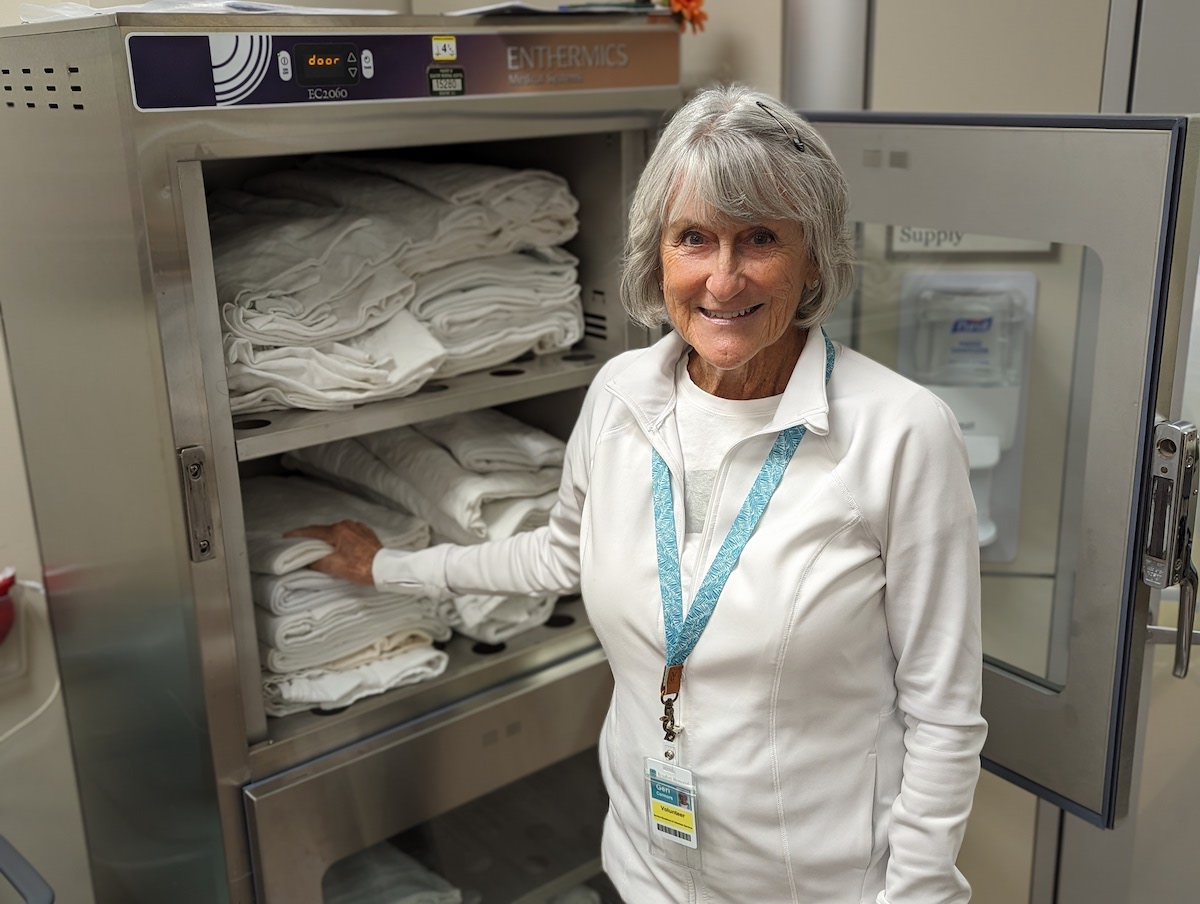Hugh Davis never gave much thought to his prostate. The walnut-shaped gland — known to wreak havoc on the lives of men 40 and older — hadn’t caused him any trouble.

But when two of his siblings began developing prostate issues, he decided not to take any chances. Every six months without fail, Davis went to his urologist for a PSA screening, a simple blood test used to look for signs of prostate cancer in men.
“My brothers’ prostate issues made me more diligent about getting checked,” Davis says. “I started to get tested regularly just to be sure.”
Davis was in his mid-40s when he began having the twice-a-year screenings. It was all good until the spring of 2013, when his PSA level came back higher than normal. A biopsy confirmed he had cancer.
“I knew there was a slight chance I could develop cancer because of my family history,” the 69-year-old retired Beaufort attorney says. “But I had no symptoms. It was a shock to hear the words.”
In its early stage, prostate cancer is usually asymptomatic. According to the American Cancer Society, it’s most often discovered during routine screenings. Davis had several more tests, including an MRI and bone scan, to determine if cancer cells had spread to other parts of his body. The results showed the cancer was confined to the prostate.
His urologist, John Adams, MD, of Coastal Carolina Urology, offered Davis several treatment options — surgery, radiation or cryotherapy, which involves freezing and killing the cancer cells.
Prostate surgery is frequently used to treat localized prostate cancer, particularly for men with a life expectancy of more than 10 years. Surgically removing the entire prostate eradicates the cancer and reduces the chances it will come back.
Although preventing recurrence was a priority for Davis, he was reluctant to have open surgery — the traditional approach to prostatectomy. In this operation, the surgeon removes the prostate and some of the tissue around it through a single long incision in the pubic area.
Adams recommended Davis meet with fellow Beaufort Memorial urologist Michael Staley, MD, the only physician in Beaufort County performing robot-assisted laparoscopic prostate cancer surgery.
“Robotic surgery appealed to me because it offered the best chance of getting rid of the cancer totally with minimal side effects,” Davis says. “If it hadn’t been available, I probably would have gone with radiation therapy or the freezing treatment.”
Because Davis was in good health and in his 60s, he was a candidate for the procedure.
Using the advanced da Vinci Si Surgical System, the prostate can be removed through several small incisions in the abdomen, resulting in less blood loss and post-operative pain. Patients are discharged from the hospital the day after surgery and need a catheter for one week. In comparison, open surgery requires a two- to three-day hospital stay and two to three weeks with a catheter. Men can return to their regular activities in 10 days, compared to four to six weeks with the open approach.
Davis chose to have the surgery last fall. Since then, his PSA levels have been undetectable, indicating the prostate cancer is gone.
“I feel I made the right decision,” he says. “Now that it’s behind me, I don’t have to worry anymore.”
SEPTEMBER IS PROSTATE CANCER AWARENESS MONTH
Prostate cancer continues to be the second most common cause of cancer deaths in men in the United States. One man in six will get prostate cancer during his lifetime. Most urologists still recommend PSA testing for patients 55 to 69, especially African American men who are nearly 1.6 times more likely to be diagnosed with prostate cancer than Caucasian men and 2.4 times more likely to die from the disease. Be sure to discuss PSA testing with your doctor.








